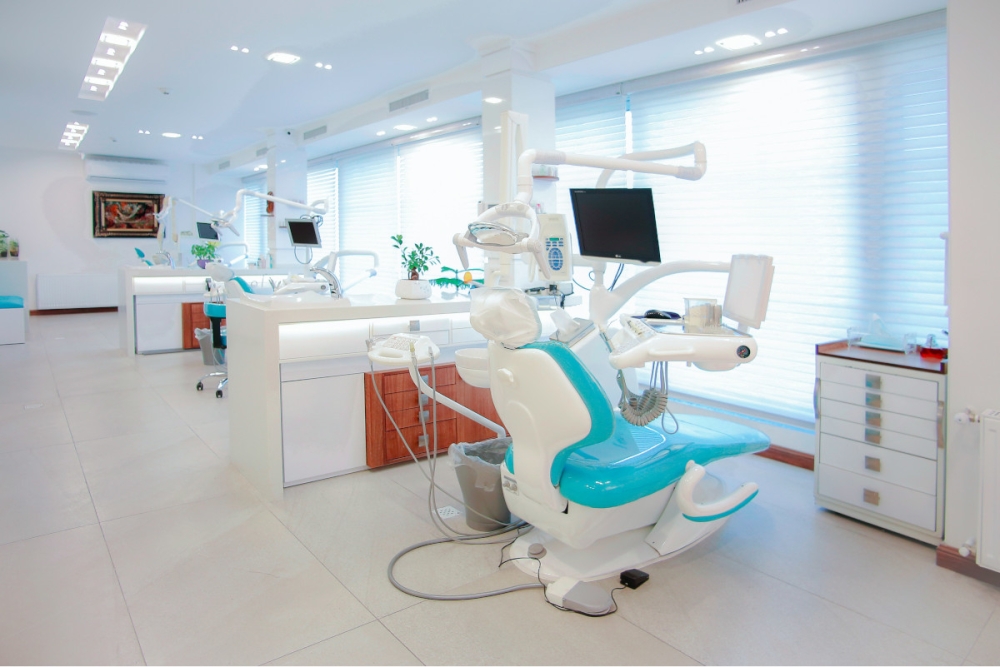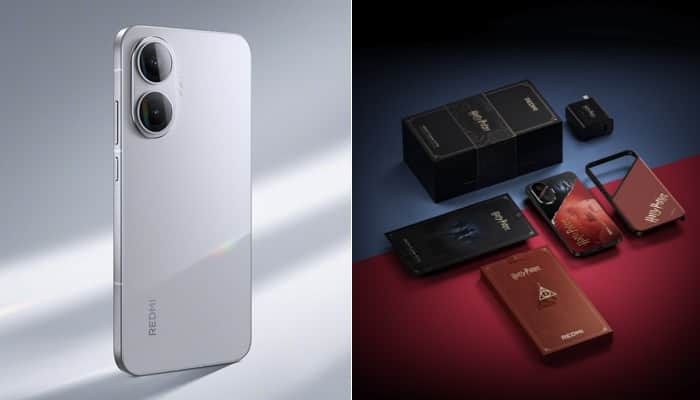APRIL 28 — Every year on April 21st, the world observes World Creativity and Innovation Day (WCID) – a day designated by the United Nations to encourage creative thinking and innovation as essential tools for solving global challenges. In an era marked by rapid technological transformation, WCID holds increasing significance for academic fields that must continuously adapt to shifting landscapes—and dental education is no exception. As dentistry integrates emerging tools like artificial intelligence (AI) and robotics, the need for creative and forward- thinking approaches in dental academia has never been more urgent.
Creativity and innovation in dental education Dental education is undergoing a metamorphosis, driven by evolving technologies, societal needs, and new healthcare challenges. The COVID-19 pandemic, for example, necessitated remote learning innovations and accelerated the adoption of digital platforms. But beyond crisis adaptation, there’S a broader call for integrating creativity into the foundation of dental Education.

Creativity, defined as the generation of novel and useful ideas, is essential for developing innovative pedagogies that respond to modern demands such as interprofessional collaboration, sustainability, and equity in dental care. Byrne and Glasser (2023) emphasise that cultivating creativity in dental academics is key to ensuring that future dental professionals are not only technically proficient but also adaptive and reflective thinkers capable of addressing diverse community needs. Recently, these ideals were powerfully embodied during the 26th Dental Students’ Scientific Conference (DSSC) and the 2nd Dental Students’ Talent & Innovation Competition (DSTIC) 2025 with the theme ‘Innovate, Educate, Elevate: Digital Technology Impact on Learning and Research in Dentistry’.
It is an annual event where final-year dental students from the Universiti Malaya showcase their research findings through oral or poster presentations. These events brought together forward-thinking students and academics to showcase innovative research, technology-driven projects, and creative approaches to dental practice and education. From AI-based diagnostic tools to artistic interpretations of oral health awareness, the conference echoed the very spirit of WCID: celebrating originality, curiosity, and bold thinking in academic spaces.
The celebration of WCID thus becomes more than a symbolic gesture. It serves as an annual checkpoint for dental institutions to assess how well they are nurturing creativity and innovation within their programs. Fields (2022) underscores that WCID has inspired educational initiatives worldwide that combine fun, imagination, and hands-on problem-solving to stimulate learning environments that foster original thinking.
Dental robots offer incredible precision and efficiency, but the author notes they lack the ability to make empathetic, ethical, and context-driven decisions — elements that remain at the heart of patient-centred care. — Unsplash pic The Rise of Robotics and AI The rise of robotics and artificial intelligence represents one of the most exciting yet debated advancements in dental innovation. With machines capable of conducting procedures with unmatched precision and consistency, the question arises: Can robots replace human dentists? The integration of robotics into dentistry is already well underway.
Robots are being used for implant placement, orthodontics, maxillofacial surgery, and even routine diagnostics. A recent review by Xia et al. (2024) details how robotics, paired with AI, can automate complex procedures, minimise human error, and improve patient outcomes — creating a paradigm shift in oral healthcare delivery.
However, most researchers argue that robots will augment, not replace, human dentists. Kathuria (2024) notes that while dental robots offer incredible precision and efficiency, they lack the ability to make empathetic, ethical, and context-driven decisions — elements that remain at the heart of patient-centred care. Another example, AI algorithms can analyse radiographs and clinical data to assist in early detection of dental caries, pulp diseases, and structural anomalies.
This allows for faster and more accurate diagnoses in operative procedures like fillings, root canals, and restorations (Pandey & Lakhanam, 2024). This viewpoint is echoed by Lubart et al. (2021), who present a model in which robots act not as independent replacements, but as collaborators—or “Humbots”— in a creative partnership with human professionals.
This co-creative model sees robots supporting dental practitioners by handling repetitive tasks and enhancing the precision of complex procedures while leaving diagnosis, ethical judgment, and interpersonal care to humans. The Gap Between Perception and Practice Despite the technological promise, there remains a significant gap in knowledge and acceptance among dental professionals. A 2023 study found that while a majority of dental practitioners believe that AI will improve dental care, over 50% fear it could eventually replace human dentists.
Yet, most respondents lacked practical experience with these technologies (Alanya-Beltran et al., 2023). This calls for an urgent curriculum shift.
Dental schools must not only teach the technical use of robotics but also foster critical and creative thinking to explore the ethical, social, and psychological implications of these tools. Creativity is not optional — it’s a necessity for navigating the complexities of a technology-driven future. Events like DSSC and DSTIC 2025 offer a blueprint for this shift.
By providing platforms where students can apply creativity to real-world challenges, these conferences go beyond theory and stimulate active innovation. They affirm that the next generation of dentists will need to be innovators, communicators, and collaborators—not just clinicians. Conclusion: A Future Forged in Creativity World Creativity and Innovation Day is a powerful reminder that progress in dental education must be fuelled by imaginative thinking, technological literacy, and ethical insight.
As robotics and AI continue to revolutionise clinical practice, dental academics are called to lead with innovation, not fear. By embracing creativity, dental educators can ensure that future dentists are not only technically equipped but also humanistically grounded — ready to collaborate with machines, not be replaced by them. The success of events like DSSC and DSTIC 2025 underscores that creativity is already thriving in dental education — and with the right support, it can shape the future of the profession.
* The author is associate professor at the Department of Restorative Dentistry, Faculty of Dentistry, Universiti Malaya, and may be reached at [email protected] ** This is the personal opinion of the writer or publication and does not necessarily represent the views of Malay Mail.
.
Top

Smiles, science, and spark: Why creativity matters in dental education — Azwatee Abdul Aziz

APRIL 28 — Every year on April 21st, the world observes World Creativity and Innovation Day (WCID) – a day designated by...











